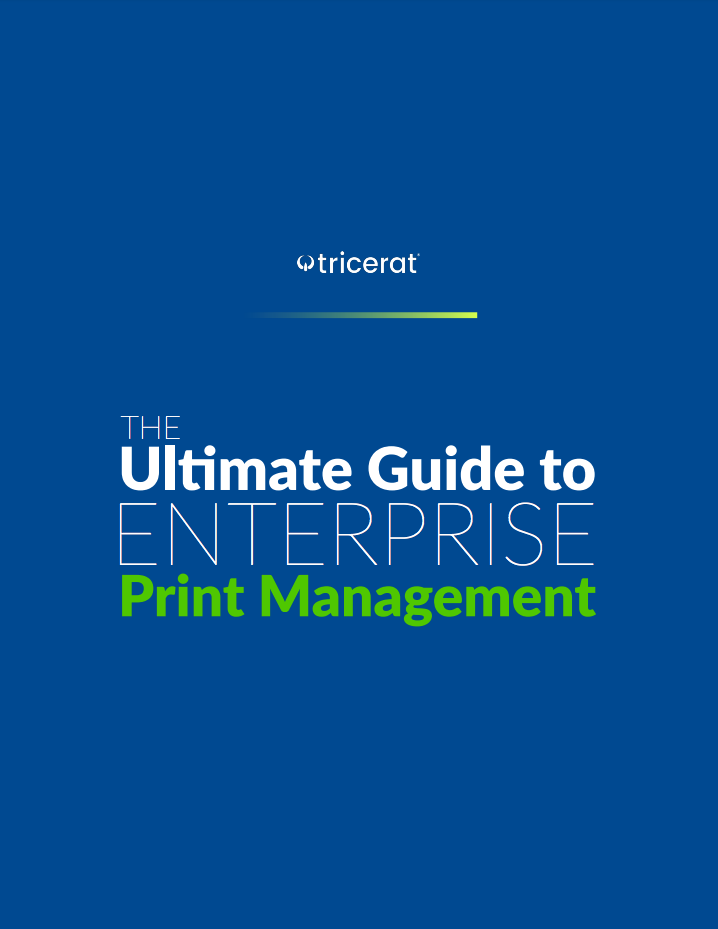Scanning documents is an essential and common practice throughout many industries including finance, healthcare, and legal. Despite scanning being so commonplace, many businesses waste hours on tedious tech workarounds, security risks, and enterprise scanning management.
A single team may need to have hundreds of documents scanned each day to keep business operations flowing normally. When those users attempt to upload scans to the appropriate location via the scanner but fail to do so, IT staff are sent scrambling to deploy various manual workarounds. Users emailing scanned files to themselves in hopes of getting the files to the correct folder is just one example of a workaround IT teams can waste hours on. Issues like this are amplified when businesses grow in scale as it takes up even more time from IT staff and increases the exposure to security risks.
Scanning workarounds, such as emailing files to yourself, are not always the most secure processes. When an end-user scans and emails a document to themselves the email will usually be unencrypted. Emails that are unencrypted can be easily forwarded to anyone inside or outside of a company, allowing access to potentially sensitive information. This can become even more costly for any business that needs to abide by compliance regulations for their industry. In 2019, HIPAA breaches impacted almost 35 million Americans. A single HIPAA violation could earn a business a fine of up to $50,000 making the scanning workaround very costly.
Additionally, with the rate of cyberattacks on the rise it is also important to be aware of how your endpoints may be compromised. Though computers and other devices seem to be more commonly hacked, scanners and printers are no exception. For more information on how to secure your endpoints, check out our blog on the subject.

Though work arounds can be effective in some scenarios, they are usually a temporary measure for many businesses. To truly manage scanning efficiently, businesses may want to explore deploying a universal virtual scanning driver. A virtual driver will empower IT staff to:
Universal virtual scanning drivers also bolster efficiency by compressing files and increasing the speed at which documents can be scanned. The compressed files can then be securely sent to their desired location. With the files scanned, compressed, and sent directly to the appropriate application, your information will be more secure than ever before.
When you have had enough of trying to figure out scanning workarounds and want a more secure solution, Tricerat’s ScrewDrivers® offers a universal virtual scanning driver you can count on. Check it out today or learn more about our scanning solution with our Guide to Scanning in Remote Sessions.
